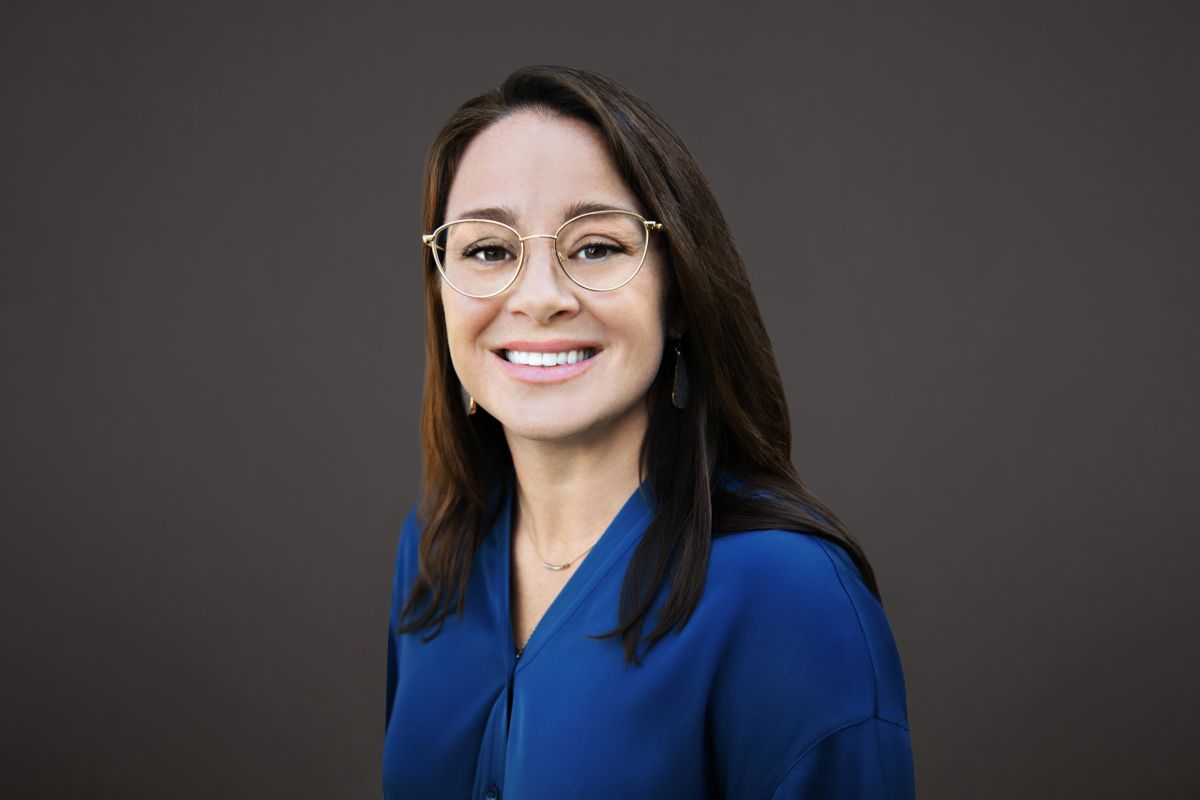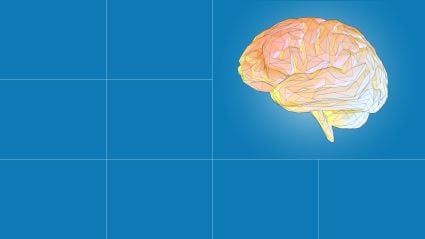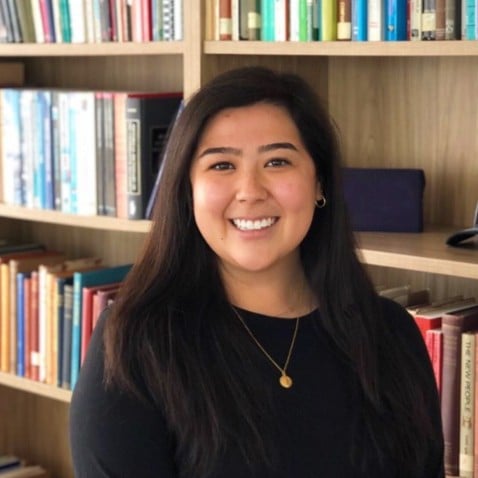The Interagency Coordinating Committee on Healthy Aging and Age-Friendly Communities
Administration for Community Living
US Department of Health and Human Services
Washington, DC 20201
Dear Interagency Coordinating Committee on Healthy Aging and Age-Friendly Communities,
On behalf of the Milken Institute Future of Aging, we commend the Administration for Community Living (ACL) and the Interagency Coordinating Committee on Healthy Aging and Age-Friendly Communities (ICC) for developing the Strategic Framework for a National Plan on Aging. We appreciate the opportunity to provide feedback on this important document.
The Milken Institute is a global nonprofit, nonpartisan think tank focused on accelerating measurable progress on the path to a meaningful life. At the Milken Institute Future of Aging, we advance healthy longevity and financial security for all through research, convenings, multisector partnerships, and the elevation of high-impact policies and practices.
Question 1: What do you like about the Strategic Framework for a National Plan on Aging?
We are pleased with the holistic approach the Strategic Framework for a National Plan on Aging (the “Framework”) takes, which recognizes the heterogeneity of our nation’s older adults and the wide range of wants and needs people have as they age. The Framework is a comprehensive and well-presented inventory of federal programs and initiatives contributing to the health and well-being of older adults, underpinned by relevant legislation and strategic frameworks. The inclusion of historical information connecting bills and amendments to agency efforts over the years provides a comprehensive view of the federal landscape. The presentation of cross-cutting values—person-centeredness, inclusion, respect, collaboration, and innovation—demonstrates an understanding of the principles essential for guiding aging policies.
Question 2: What is missing from the Strategic Framework for a National Plan on Aging?
While the introduction of the Framework acknowledges the critical role of Medicare, Medicaid, and Social Security in supporting older adult health, independence, and economic security, it does not include a domain that broadly addresses the financial security of older adults. Research consistently shows a strong relationship between income and health, with lower income levels correlating with poorer health outcomes and shorter lifespans.[1]
Financial Longevity
Economic and financial security, though touched upon in the "Age-Friendly Communities" domain, warrants a dedicated domain to reflect its critical importance. This additional domain should encompass areas contributing to financial longevity. Social Security remains a cornerstone of financial security for older adults, traditionally seen as one leg of a "three-legged stool" along with personal savings and pensions. However, the landscape has evolved: Pensions have largely been replaced by defined contribution plans, and continued participation in work has become a necessary fourth leg of the stool.
Efforts to increase access to employer-sponsored retirement plans are underway, addressing the fact that an estimated 57 million people, or 48 percent, of private-sector employees lack such access.[2] The SECURE 2.0 Act of 2022, designed to enhance retirement savings options, builds on the SECURE Act of 2019 and represents significant legislative progress.[3] Additionally, numerous states are passing or planning legislation to require employers to offer retirement plans, either through state-sponsored or private options. Incorporating these developments into the Framework would provide a more comprehensive overview of financial security initiatives.
Discussion of policies and practices to retain older workers and support those who wish to remain in the workforce could also be folded into this domain. Older adults represent a diverse group with varying reasons for continuing to work, ranging from those who must work out of financial necessity to those who desire the social engagement that comes with work. Many older adults who need or want to continue working experience ageism preventing them from doing so. Still, others are forced to leave the workforce prematurely due to downsizing or the physical demands of the job. Strategies to support this workforce should recognize these nuances and be inclusive.
Purpose and Engagement
We commend the Strategic Framework for recognizing the AmeriCorps Seniors Programs as a valuable avenue for older adults to engage in meaningful volunteer opportunities that align with their personal goals and passions. Older adults, while sometimes facing challenges related to purpose and community engagement, are an extraordinary and often underutilized resource. By fostering programs that promote volunteerism, mentorship, and continued professional involvement, we can tap into their wealth of experience and knowledge, reshaping societal perspectives on aging and emphasizing the continued value older adults bring to society.
Furthermore, it is crucial for the Framework to address and counteract the prevailing narrative that older adults are primarily dependent, as this mindset can inadvertently limit their financial opportunities and perpetuate ageist stereotypes. By reframing aging as a stage of life where continued contribution is not only possible but highly valuable, we can open avenues for older adults to engage in financially rewarding roles that benefit both individuals and society as a whole.
A domain on economic and financial security within the Framework should also address the increasing incidence of elder fraud and abuse.[4] Scams targeting older adults have become more sophisticated, utilizing AI-generated voices, authentic-looking emails, and other deceptive techniques. While education and awareness efforts are underway to educate consumers, stronger regulatory protections are needed to protect older adults, especially those who are most vulnerable.
Scientific Innovation
We also recommend that the Framework build on its strong foundation by incorporating a focus on emerging scientific breakthroughs that have the potential to transform aging. By highlighting key areas of geroscience, such as focused research on the biological processes of aging, investments in therapies that can slow or stop decline and/or improve chronic disease management, and healthspan extension, the Framework can position itself at the forefront of future-oriented thinking. Investing in research and innovation in these areas will ensure that the Framework remains not only relevant but also adaptable to the exciting scientific discoveries that lie ahead.
Question 3: What could be added or changed to the Age-Friendly Communities domain in the Strategic Framework for a National Plan on Aging?
As mentioned above, the taxonomy of the Framework would benefit from moving “Economic & Financial Security” and “Employment” from under the “Age-Friendly Communities” domain into a new fifth domain. The primary focus under “Economic & Financial Security,” as it is currently conceived, covers health-related supports, such as those offered under the Supplemental Nutrition Assistance Program (SNAP) and the Inflation Reduction Act. While in line with Age-Friendly Communities, this is a narrow treatment of the issue, and a separate domain would elevate the importance of economic security for older adults.
In addition, the Framework would benefit from incorporating universal design principles to enhance accessibility across all programs and services. This includes adopting a “no wrong door” approach, ensuring that older adults can easily navigate the complex array of services available to them without being redirected to multiple agencies. Such an approach would greatly reduce the frustration and confusion that many older individuals experience.
Additionally, programs fostering intergenerational connections develop mutual support between older and younger generations, enhance social cohesion, and help combat ageist attitudes and stereotypes.[5] Given the benefits, there is an opportunity in this domain for greater emphasis on creating intentional intergenerational connections—both formal and informal. These can be driven by the design of built environments, efforts to increase interaction through community programming, and policies that encourage and support multi- and intergenerational living.
Question 4: What could be added or changed to the Coordinated Housing and Supportive Services domain in the Strategic Framework for a National Plan on Aging?
The Framework should more clearly address the “Forgotten Middle,” middle-income older adults who cannot afford the current senior housing and care options but have too much in assets to qualify for any public assistance for their long-term care needs. By 2033, this group is projected to nearly double to 16 million,[6] up from the previously projected 14.4 million by 2029.[7] Typically, these individuals earn between $25,000 and $74,000 a year. Even though they own homes and have retirement savings, the monthly costs of traditional senior living communities, ranging from $3,000 to $7,000, are often beyond their financial reach.[8]
The Framework highlights programs to fund home modifications and support access to assistive technologies; however, the current scope is insufficient when compared to the growing need. To address this, the Framework should recognize the increasing investment and technological innovations that make aging at home more affordable and accessible. Specifically, we propose the following enhancements to more effectively address the evolving needs of older adults, ensuring they have the resources and support necessary to age in place with dignity and independence.
- Integrate Tech-Enabled Home Environments: The concept of accessible quality housing should be expanded to include tech-enabled home environments. Technologies such as smart home devices, telehealth services, and remote monitoring systems can greatly enhance the ability of older adults to live independently.[9] The framework should address the integration of these technologies into housing support services, creating safer and more supportive living environments.
- Broaden the Definition of Housing Stability: Housing stability should encompass both physical accessibility and digital inclusivity. Many older adults face challenges in using technology effectively, which can impede their ability to benefit from tech-enabled solutions.[10] The Framework should highlight digital skills training, navigation, and access to high-speed internet and devices, making aging at home more feasible for a larger population.
- Strengthen Public-Private Partnerships: Addressing the housing needs of older adults requires coordinated efforts across federal, state, and local governments, as well as public and private sectors. Streamlining access to housing and supportive services through strengthened partnerships can help bridge existing gaps and ensure a more comprehensive support system for aging in place. A promising solution for Medicaid-eligible adults is the Housing and Services Partnership Accelerator launched by the US Department of Health and Human Services (HHS) and the US Department of Housing and Urban Development (HUD).[11] This initiative exemplifies the kind of innovative demonstration projects that could be further explored within the Center for Medicare and Medicaid Innovation (CMMI) and the Advanced Research Projects Agency for Health (ARPA-H) to address housing and financial vulnerability in the aging population.
Question 5: What could be added or changed to the Increased Access to Long-Term Services and Supports domain in the Strategic Framework for a National Plan on Aging?
The Framework should consider adding a discussion of adult day services and the Program of All-Inclusive Care for the Elderly (PACE). Adult day services serve as an example of a Long-Term Services and Supports (LTSS) option available to older adults through the utilization of Medicaid waiver authorities. Twenty-three states utilize Medicaid Managed LTSS (MLTSS) to offer services to older adults and individuals with physical disabilities. All of these states include adult day services within their managed care programs.[12] These services are critical in delivering comprehensive health, social, and therapeutic support to older adults and individuals with disabilities, thereby promoting their ability to live independently within their communities and providing caregiver respite.
PACE offers a comprehensive range of services for enrollees, such as transportation, home care, medication management, and dental and specialty care, as well as physical, occupational, and speech therapy. This all-encompassing approach is designed to enhance participants' health, well-being, and independence while minimizing hospital admissions and nursing home placements.
Several states—Massachusetts, Ohio, New Jersey, Florida, Oregon, Kentucky, and Maryland, among others—are working toward expanding their existing PACE programs.[13]
We commend the Strategic Framework for its robust discussion on caregiving and suggest further enhancement in this area. A key addition would be a focus on the role caregiving registries can play to improve the process of matching qualified individuals with those in need, ensuring more reliable, culturally and linguistically competent, and trained care.[14]
Question 6: What could be added or changed to the Aligned Health Care and Supportive Services domain in the Strategic Framework for a National Plan on Aging?
We recommend that the Aligned Health Care and Supportive Services domain include the integration of dementia care practices. The benefits of earlier detection and diagnosis of dementia are well-documented, including the positive impact of lifestyle modifications that may reduce risk and delay cognitive decline.[15] Additionally, brain health screening and education in community settings can increase awareness of brain health throughout the life course. This ties into the broader concept of aging, which encompasses longevity literacy and healthspan. By promoting longevity literacy, we can empower individuals to make informed decisions that support a healthier, longer life, ultimately improving overall well-being as people age.
The Medicare Annual Wellness Visit (AWV) includes a cognitive assessment; however, the AWV is underutilized, and the cognitive assessment is not regularly conducted.[16] Recent data indicate that only about 24 percent of eligible Medicare beneficiaries received an AWV in 2017, up from 13 percent in 2013.[17]
The Framework recognizes the critical importance of geriatric training and includes the Geriatrics Workforce Enhancement Program (GWEP), a vital initiative to address care gaps and support the health and well-being of older adults. To strengthen this commitment, we recommend an increased focus on geriatric training across all levels of medical education. While nearly all medical schools require rotations in pediatrics, geriatric training is often overlooked, leaving a gap in the preparedness of health-care professionals. By embedding geriatric training more deeply into the medical education curriculum, through strategies such as interdisciplinary learning, geriatric-specific fellowships, and community-based programs, we can better prepare our future health-care workforce to provide comprehensive, person-centered care for an aging population.
Question 7: Is there anything else you would like to add?
In reviewing the Framework, we observe a notable gap in the integration of technology as a foundational and cross-cutting element across all domains. The incorporation of technology is critical for addressing the multifaceted challenges of aging, enhancing the well-being of older adults, and future-proofing the framework to adapt to evolving technological landscapes. Leveraging technological advancements can improve health-care access, foster social connections, enhance safety, and support independent living.
Highlighting technology’s role in aging in place—such as telehealth, wearables, and data analytics—will support health-care delivery and allow for the prediction of health trends and personalization of care. Technology can also transform age-friendly communities by enabling smart home solutions, enhancing mobility through assistive devices, and providing platforms for social engagement to combat isolation. In the coordinated housing and supportive services section, technology can streamline service delivery and improve coordination among care providers, ensuring that older adults receive timely and efficient support tailored to their needs.
For these reasons, we urge the inclusion of specific actions and goals to promote technology adoption, scaling of digital solutions, digital literacy, and equitable access to technology, ensuring that all older adults can benefit from these advancements.
We believe the Strategic Framework for a National Plan on Aging is a significant advancement in addressing the needs of our aging population. We appreciate the opportunity to contribute our insights and look forward to supporting the implementation of these critical initiatives.
Thank you for considering the Milken Institute’s recommendations. We want to acknowledge our Future of Aging Advisory Board for informing this response. Specific contributors include Ken Dychtwald, founder and CEO, Age Wave; Terry Fulmer, president, The John A. Hartford Foundation; Michael Hodin, CEO, Global Coalition on Aging; Nirav Shah, senior scholar, Stanford University; Becca Levy, professor of epidemiology, Yale School of Public Health and professor of psychology, Yale University; Jennifer Molinsky, director, Housing an Aging Society Program, Joint Center for Housing Studies, Harvard University; and Paul Irving, senior advisor, Milken Institute Future of Aging and scholar-in-residence, USC Leonard Davis School of Gerontology.
The Milken Institute Future of Aging stands ready to provide additional detail on the information above and serve as an ongoing resource to the ICC.
Sincerely,
Diane Ty
Managing Director, Future of Aging
Milken Institute
Priyanka Shah
Associate Director, Future of Aging
Milken Institute
Lauren Dunning
Director, Future of Aging
Milken Institute


















